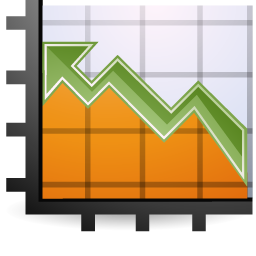Mark-to-Market. We have been hearing this phrase all over, for the last few weeks. So, let’s explore it some more.
For starters, what is mark-to-market? According to wikipedia:Mark-to-market or fair value accounting refers to the accounting standards of assigning a value to a position held in a financial instrument based on the current fair market price for the instrument or similar instruments. Fair value accounting has been a part of US Generally Accepted Accounting Principles (GAAP) since the early 1990s. The use of fair value measurements has increased steadily over the past decade, primarily in response to investor demand for relevant and timely financial statements that will aid in making better informed decisions.


